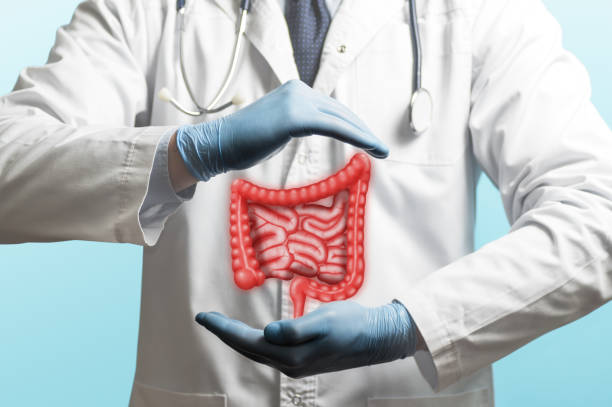Abdominoperineal Resection in India starts from $6300. The total cost of the treatment depends on the diagnosis and facilities opted by the patient.
Abdominoperineal resection (APR) is a type of a surgery in which the anus, rectum, and sigmoid colon are removed through small cuts in the belly. It is a surgical procedure done primarily to remove the cancer of the rectum. Typically, abdominoperineal resection (AP) is conducted as an elective procedure. This procedure is most often used to treat rectum cancer if it is located very low in the rectum or in the anus, close to the sphincter muscles.
Nowadays, advanced surgical techniques and other treatment modalities have brought an increase in the rate of sphincter-sparing operations. However, APR surgery is still necessary in selected cases, especially if the patient has distal tumors or poor sphincter function. AP resection is a major operation. During perineal resection, the rectum, distal colon, and anal sphincter complex are completely removed using both anterior abdominal and perineal incisions. Once the anus and rectum are removed, a permanent colostomy is needed to complete the procedure.
Colostomy brings the colon to an opening at the surface of the skin, which allows the waste to pass out of the body. This new opening is called stoma and usually measures from one to one-and-a-half inches in diameter. A pouch, or a stoma appliance, is needed to be worn at all times. The stoma has no sphincter muscles, so there is no conscious control over the elimination of waste products from the body after the procedure.






